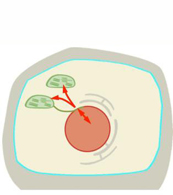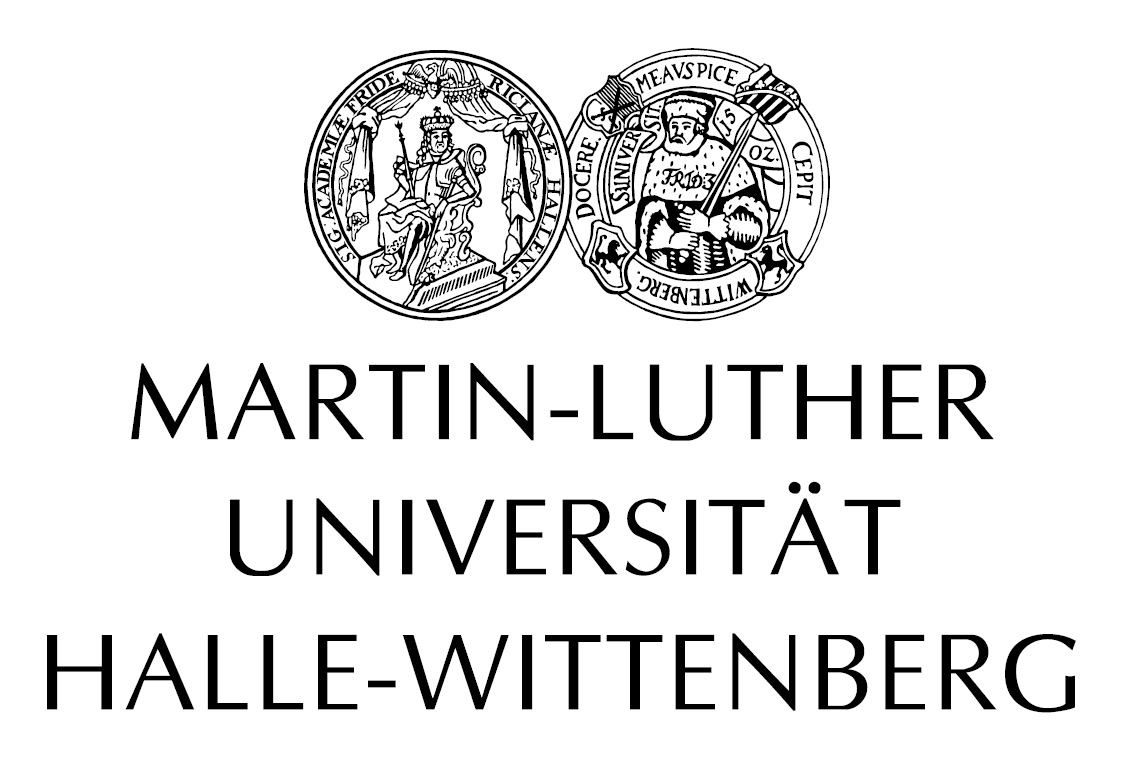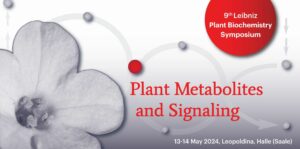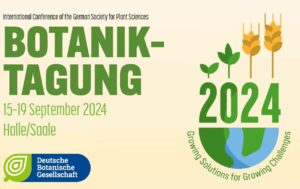// P03

Stromule-mediated plastid-nucleus interactions
Project Leader// Dr. Martin Schattat
Martin-Luther-University Halle-Wittenberg
Institute of Biology
Department of General Botany
Form and Dynamic of Plant Organelles
Plastids are involved in numerous metabolic pathways and therefore have to shuttle a variety of molecules across their envelope membranes. It has been suggested that physical contact may support this exchange of metabolites and/or signals. Envelope-derived stroma-filled-tubules (stromules) may be specifically formed by the plastid to increase the surface area available for such interactions with other organelles. Interestingly recent observations suggest that stromules may contact specifically the nucleus for signalling transfer when challenged with pathogens. However current literature fails to answer critical questions concerning this potential signalling process. So far plastid-organelle interactions in response to different stimuli have not been well characterized and their specific role in coping with increased demand for metabolite exchange has not been verified. In order to understand the role of stromules for organelle interaction in detail the project aims to answer the following questions:
- What is the significance of stromule- nucleus interactions under steady state and following stress exposure?
- What is the mechanism behind stromule to nucleus association?
- Do stromules play a role in retrograde signalling or is there a different reason for nucleus associated stromules?
In order o answer these Questions the PhD student will apply different state of the art microscopic techniques (standard CLSM, airyscan microscopy, epifluorescence microscopy, ligth sheet microscopy) to acquire imaging data capturing the reaction of WT and mutant A. thaliana plants towards standard and different stess treatments. The student will further use image analysis software such as ImageJ/Fiji and Imaris to extract quantitative data from those imaging data sets to test our hypotheses. Beside using existing plant material and imaging methods the successful student will be involved in creating multiple marker constructs harbouring three and more fluorescence marker constructs on one plasmid using GoldenGate cloning and in using these constructs to establish stable transgenic plant lines. The spectrum of methods the student will have to apply to her/his project will be extended depending on the projects development.




